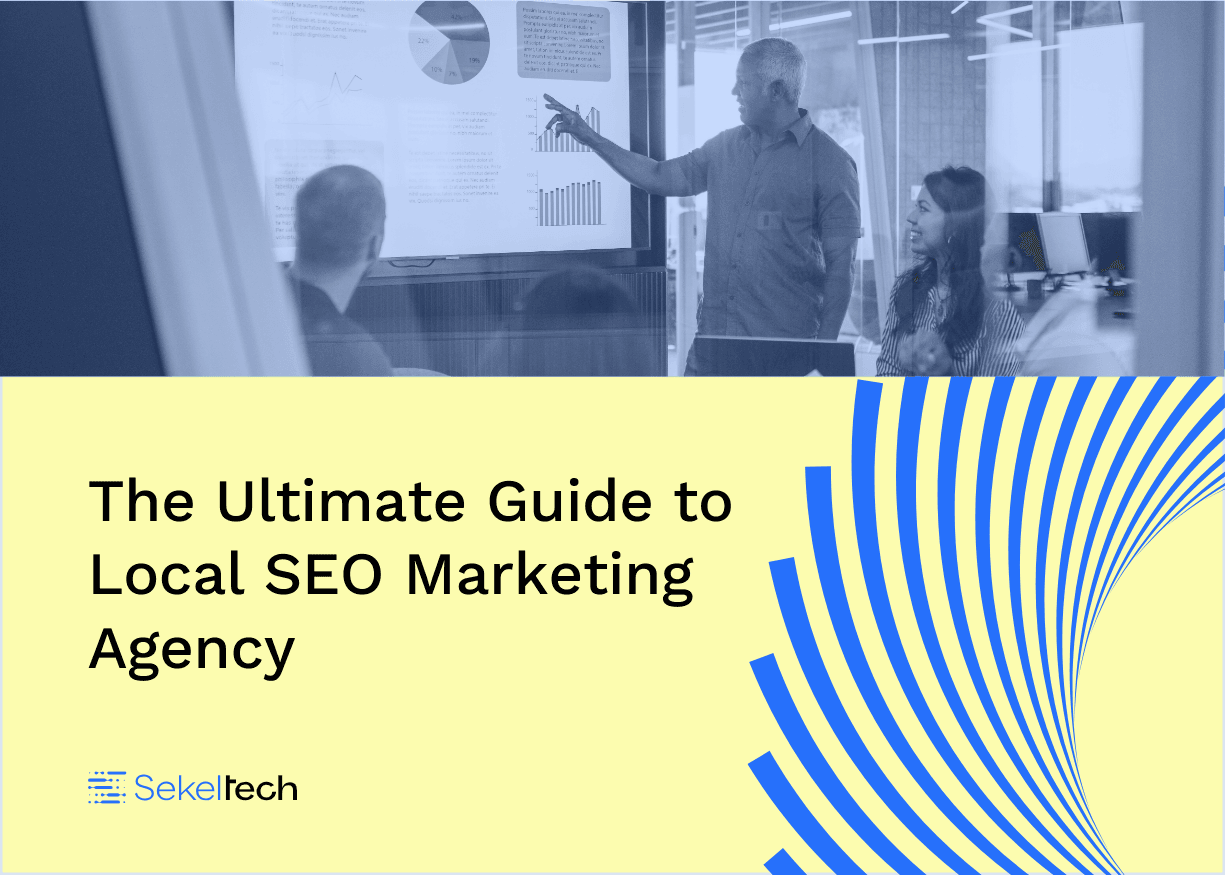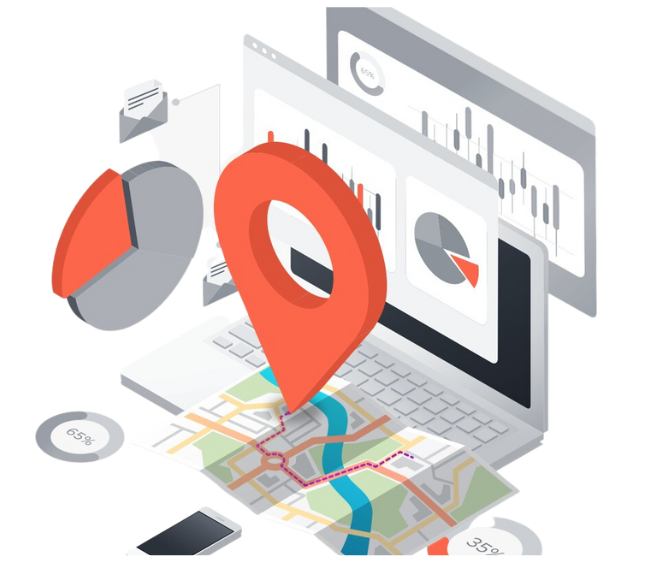Get ahead in local searches with a performance-focused local SEO agency
Exactly How Reliable Web Layout Can Enhance Your SEO Strategy and Improve Individual Experience
The crossway of effective web design and seo is a vital location for any business seeking to improve its on-line existence. An intuitive design not only boosts customer experience yet additionally substantially affects search engine optimization performance by lowering bounce prices and improving interaction metrics. Elements such as mobile responsiveness, site structure, and clear navigation play pivotal functions in this dynamic. Understanding how these components integrate can expose strategies that may change your approach to digital marketing, resulting in end results that are both quantifiable and impactful. What specific design techniques can yield the most effective outcomes?
Significance of Web Design for SEO
Efficient internet layout is regularly undervalued in its influence on search engine optimization (SEARCH ENGINE OPTIMIZATION) These elements contribute to decrease bounce rates and higher customer engagement, which are crucial metrics for Search engine optimization success. digital marketing agency.
In addition, website design elements such as tidy code, enhanced images, and proper use HTML tags significantly affect a site's crawlability. Search engines depend on structured information to understand site web content and context, making it vital for web developers to implement best methods. Furthermore, the integration of SEO techniques within the style phase, such as consisting of keywords in titles, meta descriptions, and alt message for images, can boost exposure in search results page.
Inevitably, focusing on effective internet layout not only guarantees a smooth individual experience yet additionally develops a solid foundation for search engine optimization initiatives, resulting in boosted organic traffic and improved positions. Hence, services should identify the innate web link in between website design and search engine optimization to achieve on-line success.
Key Style Components for Individual Experience
Individual experience (UX) serves as a foundation for effective internet design, affecting how visitors interact with a site and regard its worth. To maximize UX, several key style aspects need to be focused on.
To start with, instinctive navigating is important; a well-structured food selection and clear pathways allow customers to discover details swiftly, minimizing frustration. Secondly, aesthetic pecking order plays a critical function, directing users' focus to important aspects via shade, dimension, and placement. This assists in quicker decision-making and enhances overall involvement.
Furthermore, a constant layout motif improves familiarity and depend on, as individuals feel a lot more comfortable navigating a website that aesthetically lines up throughout its pages. Efficient usage of white room additionally can not be overlooked; it prevents clutter, allowing vital material to stick out and making the website more absorbable.
Furthermore, top notch images and graphics are crucial, as they not only capture interest however likewise share professionalism and trust. Rapid load times are non-negotiable; delays can lead to higher bounce prices and lessened customer contentment. By concentrating on these essential layout aspects, services can substantially boost their individual experience, cultivating positive communications that encourage return brows through and conversions.
Mobile Responsiveness and Search Engine Optimization Impact
As internet style increasingly prioritizes individual experience, the importance of mobile responsiveness can not be overemphasized. With a considerable portion of internet website traffic originating from smart phones, a receptive layout ensures that internet sites are obtainable and functional across different display dimensions. This flexibility not only improves user complete satisfaction however also plays a crucial role in seo (SEARCH ENGINE OPTIMIZATION)

Incorporating mobile responsiveness into website design navigate to this website additionally promotes better filling times, which is an essential consider both user experience and SEO positions. Slow-loading web pages deter users, causing higher abandonment prices and adversely affecting search exposure. Ultimately, prioritizing mobile responsiveness not just boosts customer engagement but also enhances a web site's SEO strategy, creating a more competitive on-line existence.
Site Framework and Navigation Finest Practices
An efficient site framework and instinctive navigation are essential parts of effective website design. They not only enhance customer experience however likewise play a critical duty in search engine optimization (SEO) A clear pecking order allows users and online search engine to understand the connections in between various pages, Check This Out boosting the overall functionality of the site.
To attain optimum site framework, implement a rational pecking order that classifies content into major subjects and subtopics. Use keyword-rich and descriptive Links, as they provide context and enhance search exposure. Additionally, make sure that important pages are quickly accessible within 3 clicks from the homepage. This decreases bounce prices and keeps users engaged.

Determining the Success of Internet Layout
Measuring the success of internet style includes examining different metrics that reflect individual interaction and total site efficiency. Secret performance signs (KPIs) such as bounce price, ordinary session period, and web pages per session provide understanding into just how individuals connect with the site. A high bounce price might show that customers are not discovering the web content relevant or interesting, prompting a requirement for style or web content alterations.
In addition, conversion rates are essential for evaluating the effectiveness of website design. A rise in conversions, whether via kind submissions, item purchases, or e-newsletter sign-ups, often correlates with intuitive design and user-centered performances. Tools like Google Analytics can provide detailed records on these metrics, making it possible for developers to identify fads and locations for renovation.
User responses is an additional essential part. Employing the original source studies and usability screening can unveil qualitative insights right into user experiences, assisting style modifications that promote satisfaction. Ultimately, a combination of measurable information and qualitative comments develops a comprehensive image of website design success, ensuring that it lines up with both SEO purposes and user assumptions. By constantly measuring these variables, services can refine their website design methods to maximize customer experience and drive purposeful involvement.
Verdict

As web design progressively focuses on customer experience, the importance of mobile responsiveness can not be overemphasized.Incorporating mobile responsiveness right into internet design also promotes improved loading times, which is a key element in both individual experience and Search engine optimization rankings. Eventually, a combination of measurable information and qualitative responses establishes a comprehensive picture of internet layout success, ensuring that it aligns with both Search engine optimization purposes and customer assumptions. By consistently determining these elements, services can refine their internet style strategies to maximize user experience and drive purposeful involvement.
In final thought, efficient web design considerably boosts SEO methods and individual experience.